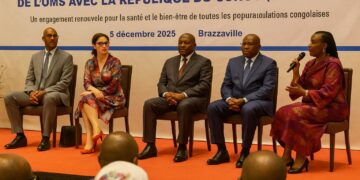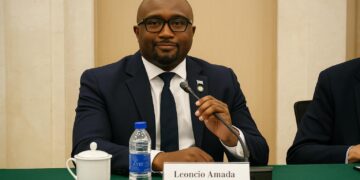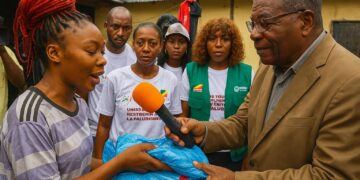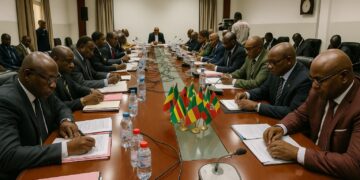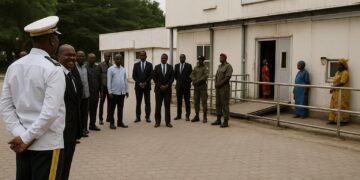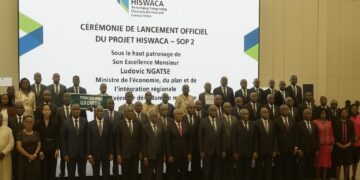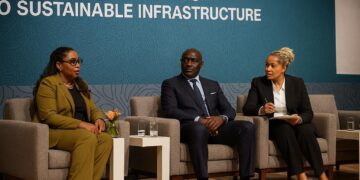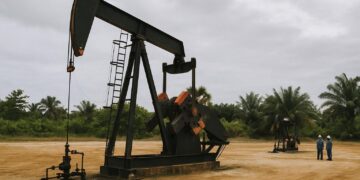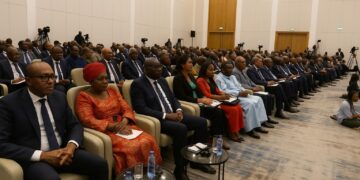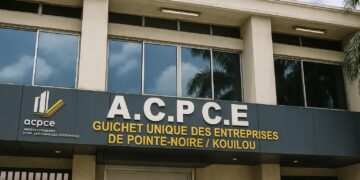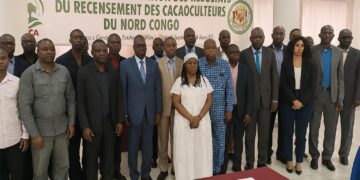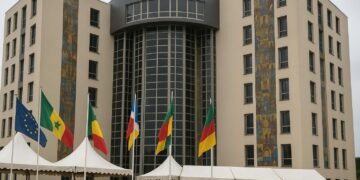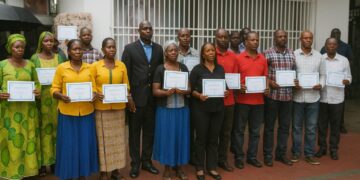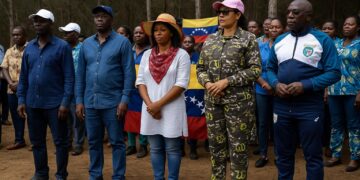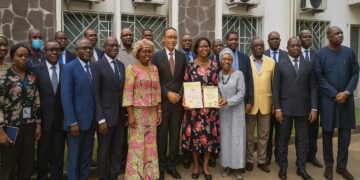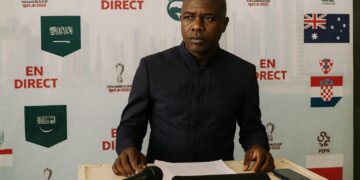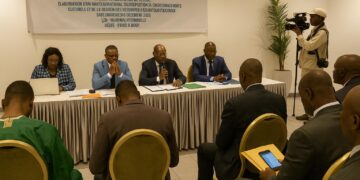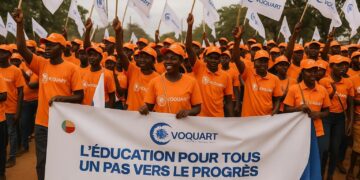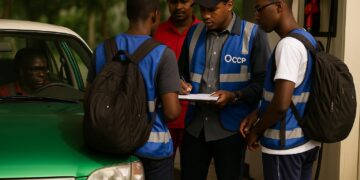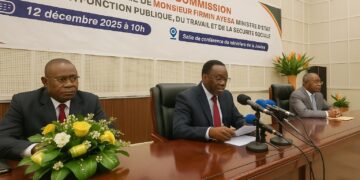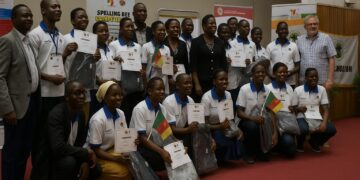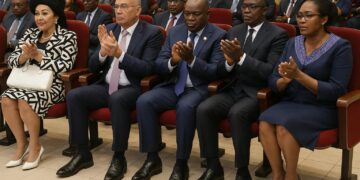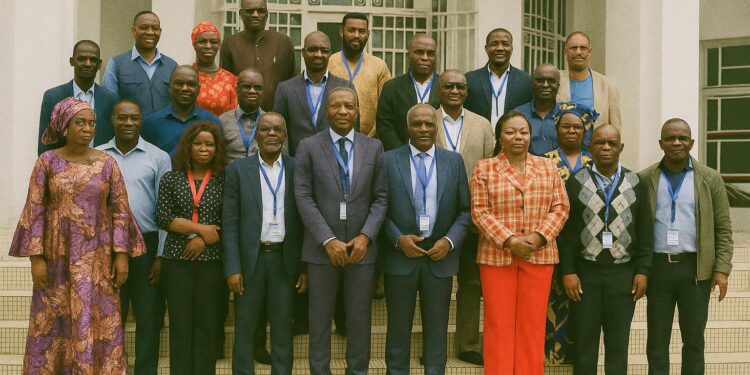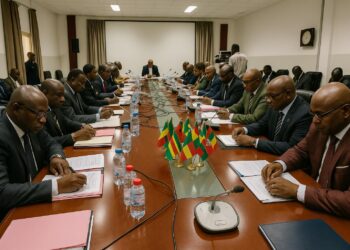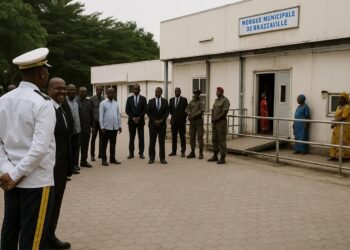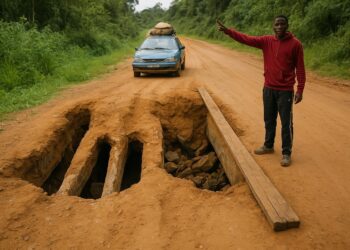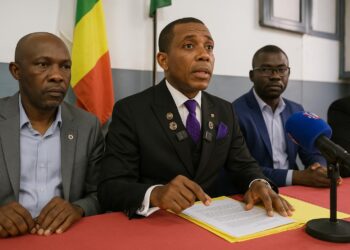Strategic Refresh Anchored in Lessons from Recent Floods
The Republic of Congo has chosen an opportune moment to recalibrate its post-disaster vision. After two consecutive rainy seasons brought unprecedented riverine floods across the Cuvette, Likouala and Brazzaville districts, the Ministry of Social Affairs, Solidarity and Humanitarian Action introduced an updated 2025-2030 recovery and preparedness blueprint. The document, initially drafted in 2021, now integrates empirical evidence from last year’s Post-Disaster Needs Assessment as well as field data gathered by the United Nations Development Programme and the International Federation of Red Cross Societies. By grounding the narrative in observed losses—damaged feeder roads, disrupted schooling calendars and crop failures—the plan situates resilience not as an abstract ambition but as a measurable development target.
UNDP Backing and the Economics of Building Back Better
Technical and financial facilitation by the UNDP features prominently in the revised text, illustrating the converging interests of national authorities and multilateral partners. Officials in Brazzaville estimate that every CFA franc invested in preventive infrastructure yields a quadruple dividend through avoided humanitarian expenditure, accelerated trade flows and reduced poverty incidence. Such arguments resonate with recent African Development Bank modelling that positions Congo’s adaptation gap at close to two percent of GDP annually. By earmarking resources for elevated roadbeds, climate-resilient seeds and solar-powered health posts, the government is signalling that the long-term cost of inaction dwarfs the immediate fiscal commitment. The inclusion of a projected emergency fund, calibrated at 0.5 percent of the national budget, further aligns domestic priorities with the Sendai Framework’s call for predictable financing.
From Early Warning to Emergency Fund: The Institutional Toolkit
Operationally, the strategy rests on two complementary pillars. The first mobilises rapid reconstruction in affected districts, aiming to stabilise 120 000 households through shelter upgrades, micro-finance windows and rehabilitated social services. The second, more anticipatory pillar builds a multihazard early-warning system that couples satellite rainfall data with community radio alerts, giving farmers and municipal engineers alike a decisive forty-eight-hour window to act. Implementation draws on a cross-ministerial task force chaired by the Prime Minister’s office, ensuring that crisis management no longer functions in administrative silos. The proposed National Contingency Plan will be rehearsed annually, a practice praised by the United Nations Office for Disaster Risk Reduction for turning preparedness into bureaucratic muscle memory.
Community-Centred Recovery and the North-South Vulnerability Divide
Senior humanitarian official Carine Ibatta underscores that the geography of flooding is anything but random; northern departments endure chronic inundation while more urbanised southern corridors confront flash-flood dynamics linked to land-use change. The blueprint therefore embraces spatial differentiation: elevated stilt housing in riverine villages, reinforced drainage channels in Brazzaville’s densely populated arrondissements and livelihood diversification schemes for fisherfolk facing seasonal uncertainty. Civil-society representatives consulted during stakeholder workshops welcomed the explicit reference to gender-sensitive budgeting, noting that women accounted for seventy percent of informal traders who lost assets during the 2023 high-water episode.
Navigating a Regional Climate Chessboard
Diplomats following Central Africa’s climate diplomacy read the Congolese update as part of a broader sub-regional realignment. Neighbouring Gabon’s recent accession to the African Risk Capacity sovereign insurance mechanism sharpened the appetite in Brazzaville for pooled risk finance, while the Lake Chad Basin Commission’s transboundary flood-management guidelines offer a template for interoperable river-monitoring systems. By adopting global best practice yet preserving national ownership, the strategy provides a platform for Congo to negotiate concessional finance and technology transfer without relinquishing policy autonomy. It is no coincidence that the document dovetails with President Denis Sassou Nguesso’s vision of placing environmental stewardship at the heart of Congo’s economic diversification agenda.
Steady Governance in an Era of Climatic Volatility
The forthcoming validation by line ministries and provincial councils is expected to be swift, reflecting broad consensus that climate volatility constitutes a developmental, not merely environmental, threat. International observers note that Congo’s decision to couple humanitarian imperatives with long-term investment sends a reassuring signal to donors assessing governance risk. Should the 2025-2030 playbook maintain its current momentum, it may well serve as a regional case study in pragmatic resilience, balancing diplomatic engagement, scientific evidence and fiscal prudence while placing citizens at the centre of policy design.


